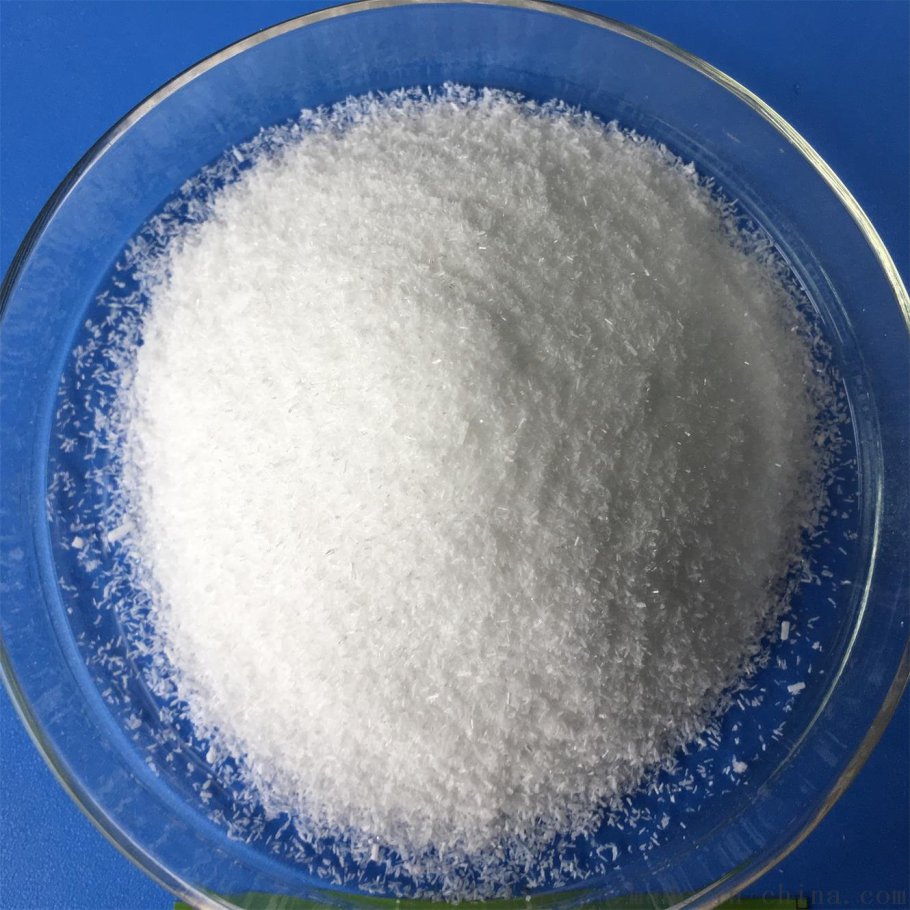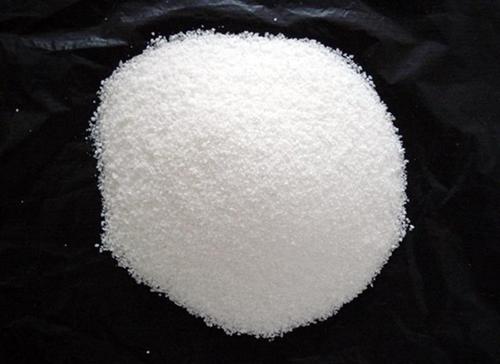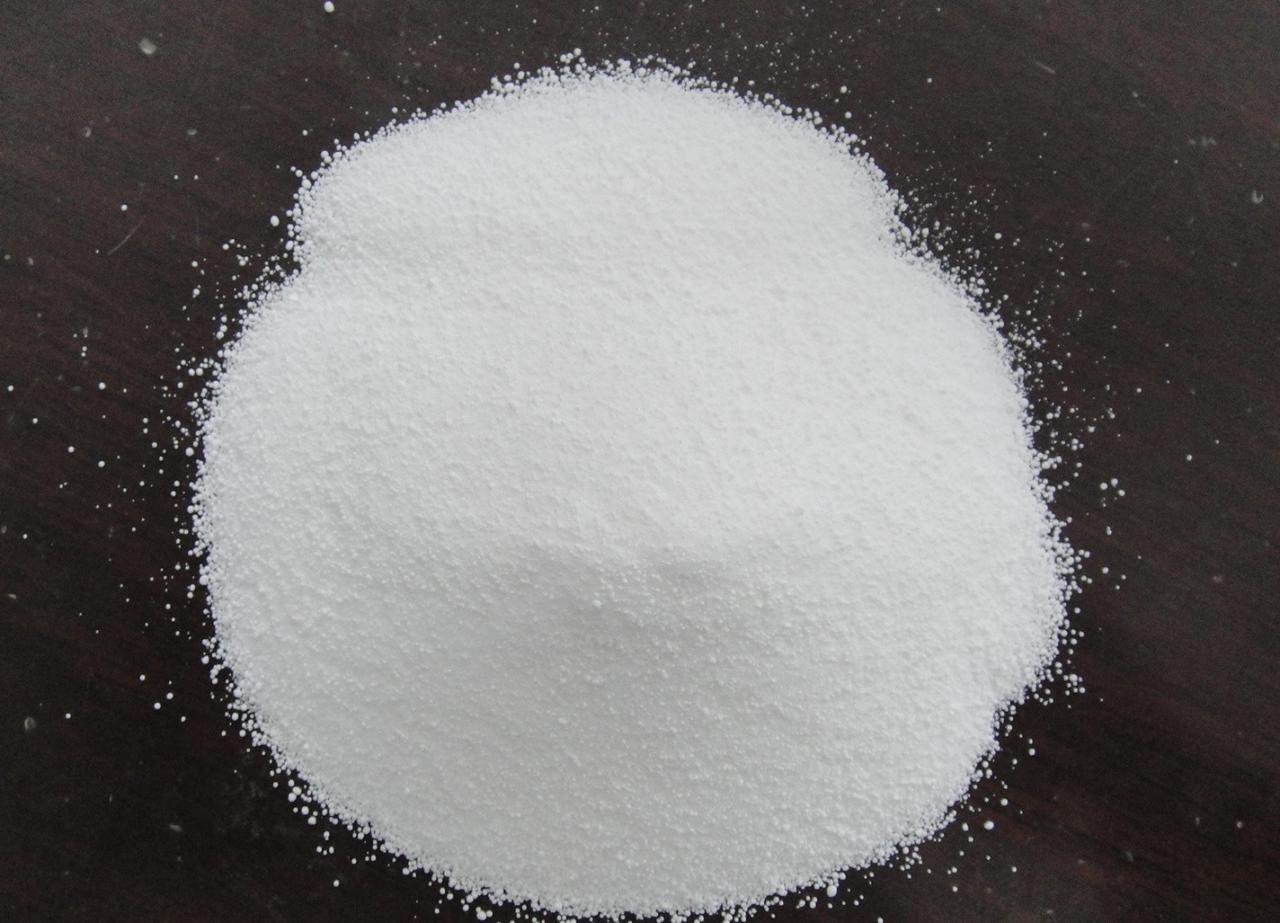Flame retardants are additives used to improve the flame resistance of materials, prevent materials from being ignited and inhibit the spread of flames. Its history of use can be traced back to 1820. Today, flame retardants have developed into the second largest additive after plasticizers.
The polymer flame retardants that have been developed and applied so far mainly contain N, P, As, Sb, Bi of Group VA and CI of Group VIIA. , Br, and compounds of Al, B, Zn, Sn, Mg, Ca, etc. Among them, the most commonly used and effective ones are compounds containing P, CI, Br, Sb and Al.

1. Classification by flame retardant elements
According to the flame retardant elements contained, flame retardants can be divided into halogen series, phosphorus series, nitrogen series, sulfur series, phosphorus-halogen series, and phosphorus-nitrogen series , silicon-based, antimony-based, boron-based and aluminum-magnesium-based flame retardants. Among them, halogen-based flame retardants are currently one of the most produced flame retardants in the world. They have the characteristics of low addition amount and significant flame retardant effect. , occupying an important position in the field of flame retardancy.
2. Classification according to the use method of flame retardants
According to the different usage methods of flame retardants, flame retardants can be divided into two categories: reactive type and additive type.
(1) Reactive flame retardant
Reactive flame retardants refer to flame retardants that have reactive functional groups in the molecule and can participate in the reaction during the polymer synthesis process and be incorporated into the polymer molecules. agent. Its advantages are good stability, long-lasting flame retardant effect, low toxicity, and little impact on plastic properties. It can be considered an ideal flame retardant. The disadvantage is that it is inconvenient to apply and there are few varieties. The current usage only accounts for about 10%-20% of flame retardants. Reactive flame retardants are mainly used in thermoset plastics and sometimes in thermoplastics. Some reactive flame retardants can also be used as additive flame retardants.

(2) Added flame retardants
Added flame retardants are flame retardants that are incorporated into plastics before processing and dispersed in the mixture in a physical state. It is characterized by easy use and strong applicability. Its current usage accounts for 80%-90% of the entire flame retardant. The disadvantage is that while improving the flame retardancy, it reduces some inherent properties of the plastic itself, such as processability and mechanical properties. Added flame retardants are commonly used in thermoplastics.
3. Classification by flame retardant components
Based on the different flame retardant components, flame retardants can be divided into two categories: inorganic flame retardants and organic flame retardants.
(1) Inorganic flame retardant
There are many varieties of inorganic flame retardants, and different inorganic flame retardants have different functions.

Some show flame retardant effects when used alone, such as red phosphorus; some show flame retardant effects when used in combination with halogen-containing organic flame retardants, such as Sb₂O₃; and There are those that both function as fillers and can decompose crystal water to show flame retardant effects, such as aluminum hydroxide.
Inorganic flame retardants have the advantages of good thermal stability, non-toxicity, no corrosive gases, non-volatility, smoke suppression, long-lasting effect, and low price. Disadvantages It will have a negative impact on the processing and molding properties and physical and electrical properties of polymer materials.
(2) Organic flame retardants
There are also many varieties of organic flame retardants, which are subdivided by compound type, mainly including phosphorus and halogen flame retardants. Phosphorus-based flame retardants can also be divided into halogen-free and halogen-containing flame retardants; and halogen-based flame retardants can also be divided into chlorine-based and bromine-based flame retardants.
Organic flame retardants, especially brominated organic flame retardants, have good flame retardant effects, small dosage, and little impact on the performance of plastic products. Therefore, although There are problems such as toxicity, high smoke generation and the release of highly corrosive hydrogen halide gas. It is still an important flame retardant that is widely used.

 微信扫一扫打赏
微信扫一扫打赏

